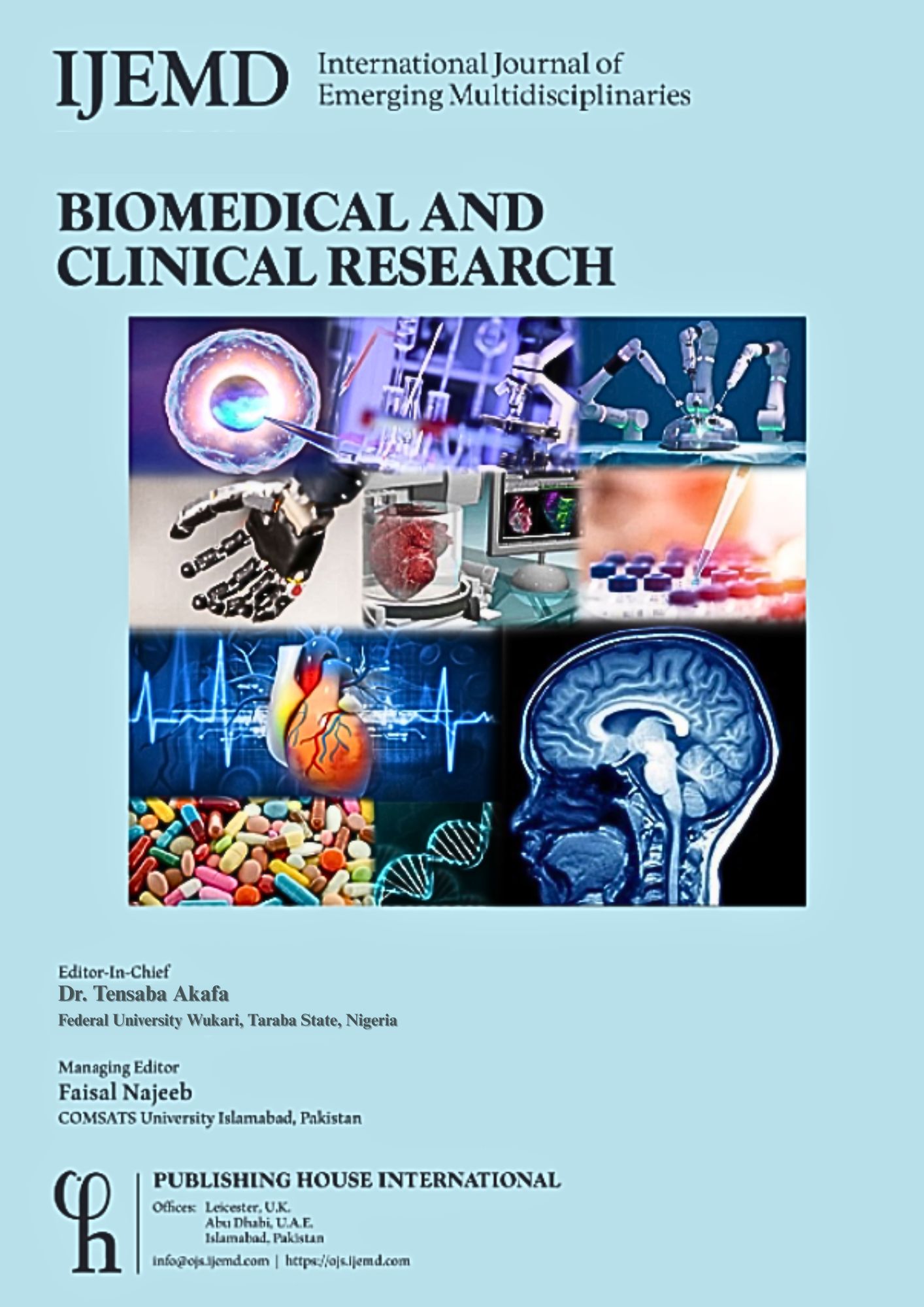Diagnosis, Treatment and Future Perspectives in Artificial Intelligence and Neuronal Diseases.
DOI:
https://doi.org/10.54938/ijemdbmcr.2025.03.1.416Keywords:
Artificial Intelligenc, Diagnosis and Treatment, Neuronal Diseases, Dynamic Optimization of Thought DOTAbstract
This article focuses on the role of Artificial Intelligence in the diagnosis and treatment of neuronal diseases and future perspectives on the subject. Neuronal diseases involve complex pathophysiological processes that affect the central and peripheral nervous systems and can cause permanent damage to the cognitive, motor and sensory functions of individuals. Diseases such as Alzheimer's disease, Parkinson's disease, amyotrophic lateral sclerosis (ALS) and multiple sclerosis (MS) are characterized by degeneration of nerve cells, neuroinflammation and neurotransmitter imbalances. Early diagnosis of neuronal diseases is of critical importance in slowing down the progression of the disease, controlling symptoms and improving the quality of life of patients. However, one of the biggest challenges in the diagnosis of these diseases is that symptoms usually appear in the advanced stages of the disease process. In recent years, artificial intelligence (AI)-supported technologies have made great progress in the diagnosis of neurological diseases. Artificial intelligence can analyze biomarkers in blood, cerebrospinal fluid or saliva to detect the disease in its early stages. By processing this data with deep learning techniques, artificial intelligence can detect disease symptoms at early stages and support personalized diagnosis and treatment processes. Electrophysiological data analysis also plays an important role in the diagnosis of neurological diseases. Artificial intelligence algorithms can detect abnormal brain activities by processing EEG (electroencephalography) and MEG (magnetoencephalography) data. For example, in epilepsy patients, seizures can be predicted before they start using machine learning, while in dementia patients, changes in brain waves can be detected at an early stage. Artificial intelligence can learn how disease symptoms change in different individuals by analyzing a lot of patient data from around the world. While this process allows machine learning models to make more precise and reliable diagnoses, systems developed on the basis of Dr. Roman Poznanski's DOT (Dynamic Optimization of Thought) theory offer a new method in the diagnosis of neurological diseases. Artificial intelligence has become an effective tool in slowing down the progression of neurological diseases by optimizing patients' individualized treatment plans. In the future, it will be possible to develop more integrated and dynamic solutions for the diagnosis, monitoring and treatment of neurological diseases thanks to DOT theory and conscious artificial intelligence models. These systems will analyze brain functions not only through biological data but also in the context of energy flows and information processing processes, providing personalized, optimized and preventive approaches.










